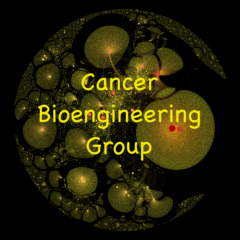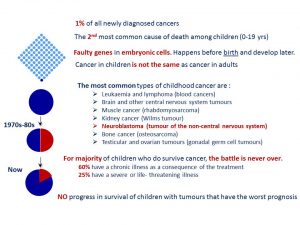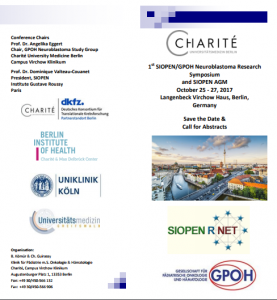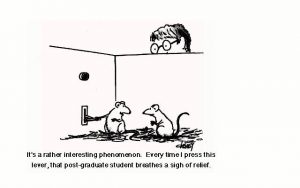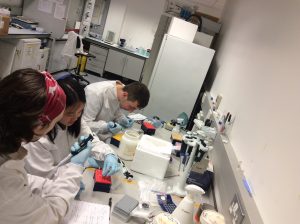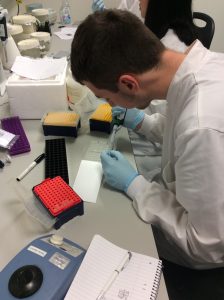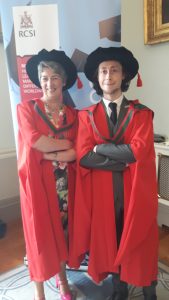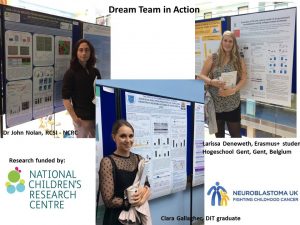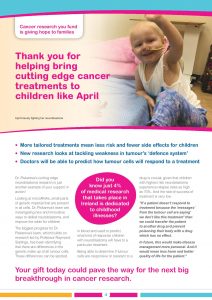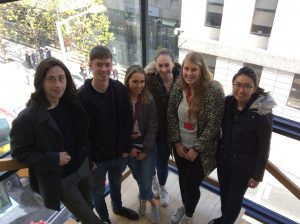Neuroblastoma is a childhood cancer. The word neuroblastoma consists of two words neuro and blastoma.The term neuro refers to nerves, blastoma – to a cancer of immature cells.
It starts in some types of nerve cells during embryo development.transforming immature nerve cells into cancerous cells. This type of cancer occurs most often in infants and young children mostly under the age of 5 years old.
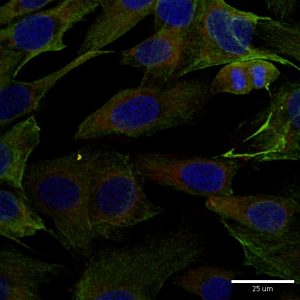
Neuroblastomas behave very differently:
- Cells can grow and spread quickly,
- Cells can grow slowly
- Cells can die for no reason, so a tumour goes away on its own.
- Cells can mature on its own into normal ganglion cells and stop dividing,
The types of treatment used for neuroblastoma can include:
- Surgery
- Chemotherapy (the video explains how chemotherapy works)
- Radiation therapy
- High-dose chemotherapy/radiation therapy and stem cell transplant
- Retinoid therapy
- Immunotherapy
Children who survive have a high chance of developing long term side effects as a result of the treatment that saved their lives
More details about neuroblastoma can be found here:
